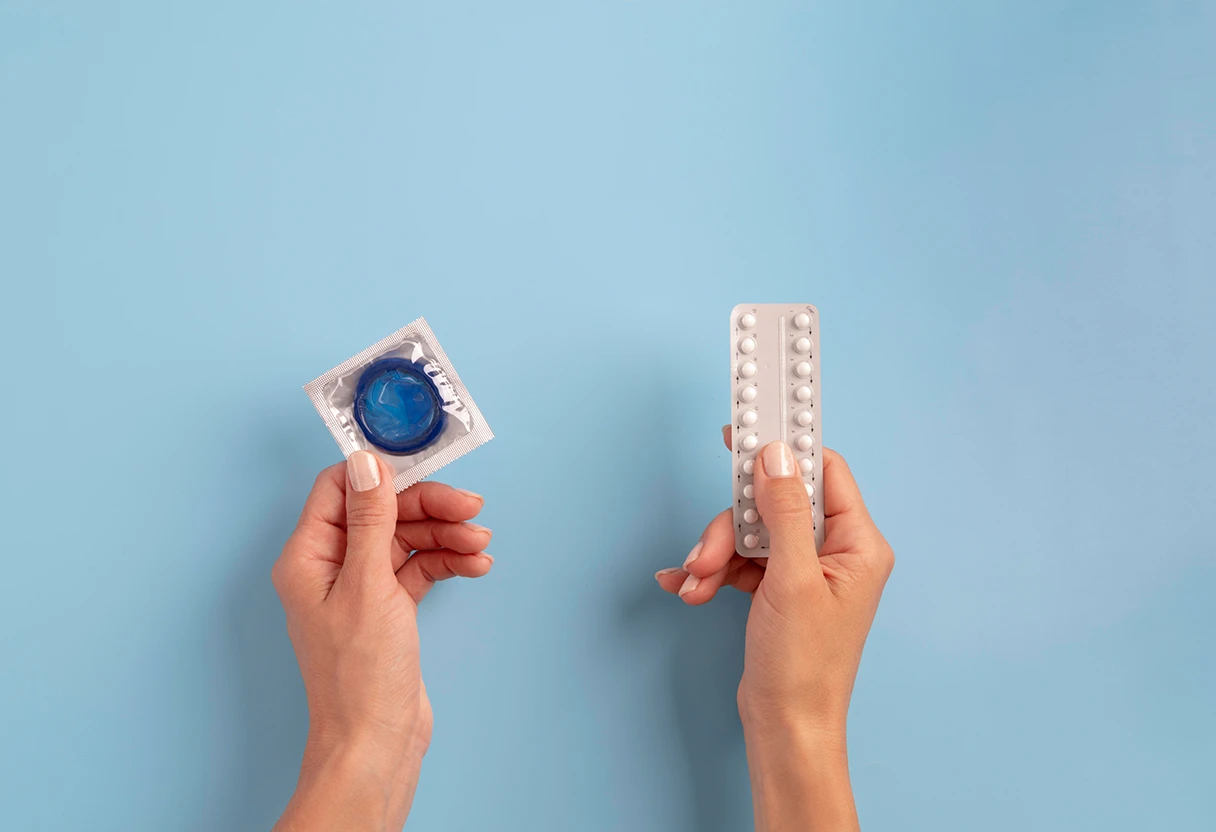
Emergency Contraception: What You Should Know
Whether it’s a broken condom, a missed pill, or unprotected sex, accidents can happen. Emergency contraception is a safe and effective way to prevent pregnancy after sex, but only if you act quickly. If you’re feeling overwhelmed or unsure, know this: you’re not alone, and you have options. This blog breaks down the different types of emergency contraception, how they work, and how effective they are, without judgment or confusion.
What Are the Different Methods of Emergency Contraception?
Emergency contraception is not a one-size-fits-all solution. There are two main types of emergency contraception:
- Emergency Contraceptive Pills (ECPs)
- Most effective within 72 hours
- Available over the counter in many countries
- Can be effective up to 120 hours (5 days)
- Requires a prescription in some countries
- Copper Intrauterine Device (IUD)
These pills are often referred to as the “morning-after pill.” They’re most effective when taken as soon as possible after unprotected sex. The two common types are:
Levonorgestrel-based pills (brand names like i-pill or Plan B)The copper IUD is the most effective form of emergency contraception. If inserted by a healthcare provider within 5 days of unprotected intercourse, it can prevent up to 99% of pregnancies. It works by preventing fertilisation and altering the uterine lining, and has the added benefit of acting as long-term birth control for up to 10 years.
How Effective Are Emergency Contraception Methods?
The effectiveness of emergency contraception depends on the type used and how quickly it’s taken.
| Method | Time Frame | Effectiveness |
|---|---|---|
| Levonorgestrel Pill | Within 72 hours | ~85% |
| Ulipristal Acetate | Within 5 days | ~98% |
| Copper IUD | Within 5 days | >99% |
Some key points:
- Emergency pills are less effective the longer you wait.
- If you're overweight (BMI >25), levonorgestrel pills may be less effective; ulipristal or the copper IUD is a better choice.
- Emergency contraception is not abortion; it prevents pregnancy before it begins.
Common Myths About Emergency Contraception
Let’s clear up a few misconceptions:
- “You can only use it once.”
False. While it’s not meant for routine use, you can use emergency contraception more than once if needed, but it’s not a substitute for regular birth control. - “It causes infertility.”
Absolutely false. Emergency contraception does not affect future fertility. - “It works even after you're already pregnant.”
No. It won’t terminate an existing pregnancy and won’t be effective if ovulation has already occurred.
When to Use It and What to Expect
Use emergency contraception if:
- You had unprotected sex
- Your condom slipped or broke.
- You missed two or more birth control pills
- You were forced into sex, or weren’t sure what protection was used
After taking it, you may experience:
- Mild nausea or headaches
- Irregular bleeding or early/late periods
- Breast tenderness or fatigue
If your next period is more than a week late, take a pregnancy test.
Conclusion
Emergency contraception is a powerful safety net, not something to be ashamed of. Whether it’s a pill or an IUD, knowing your options gives you control. But remember, it’s most effective when taken early and with the right guidance. For any confusion, talk to a healthcare provider or pharmacist. Your choices matter, and being informed is always the smartest one you can make.

